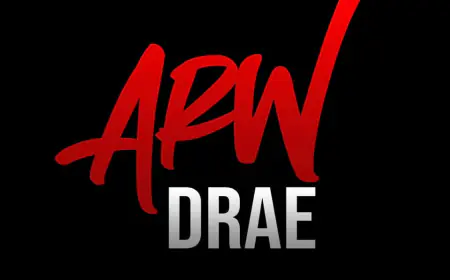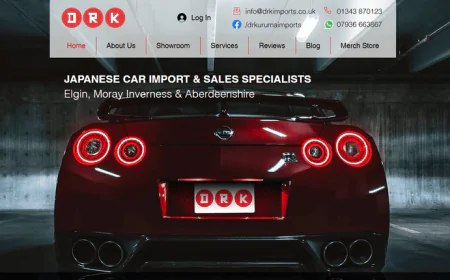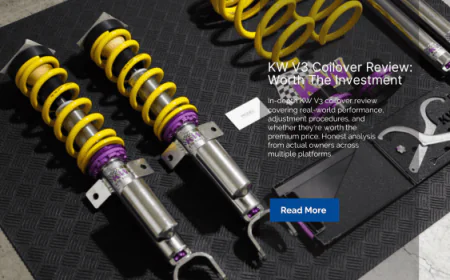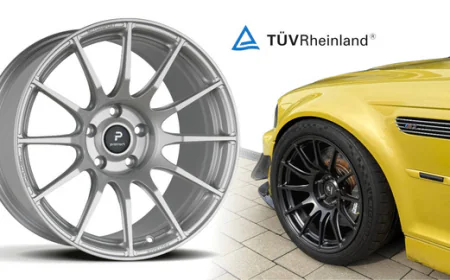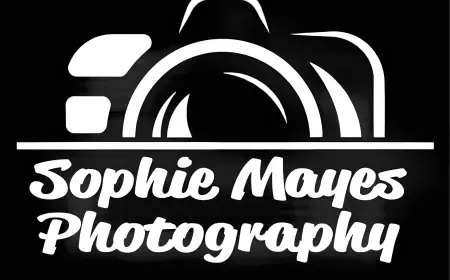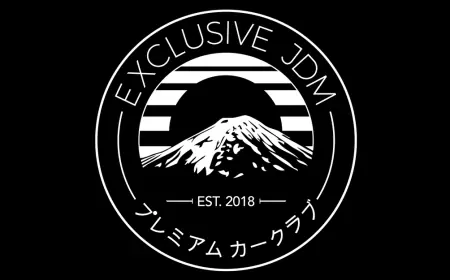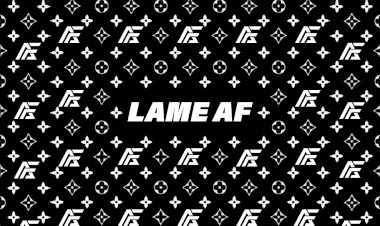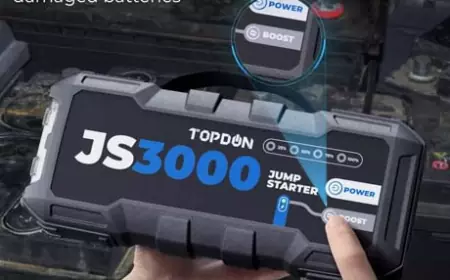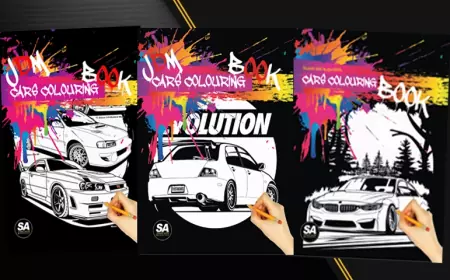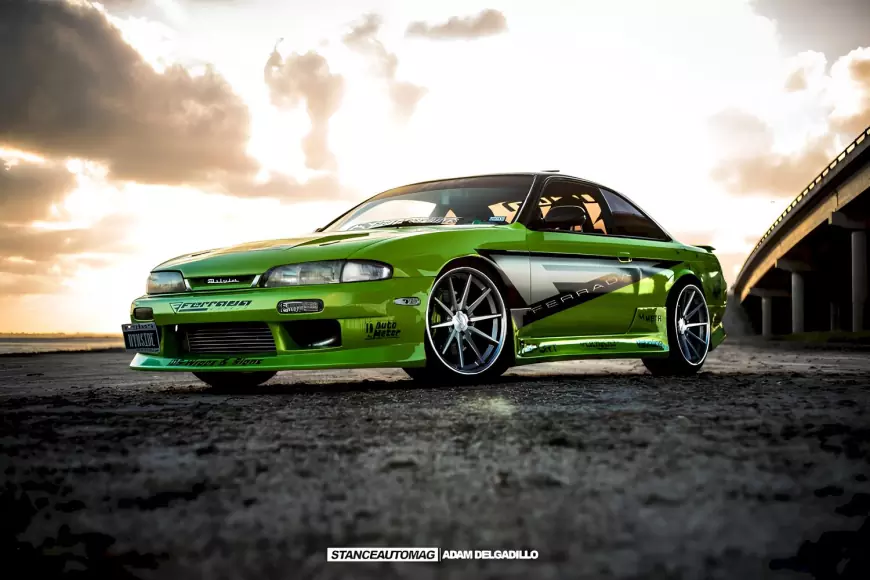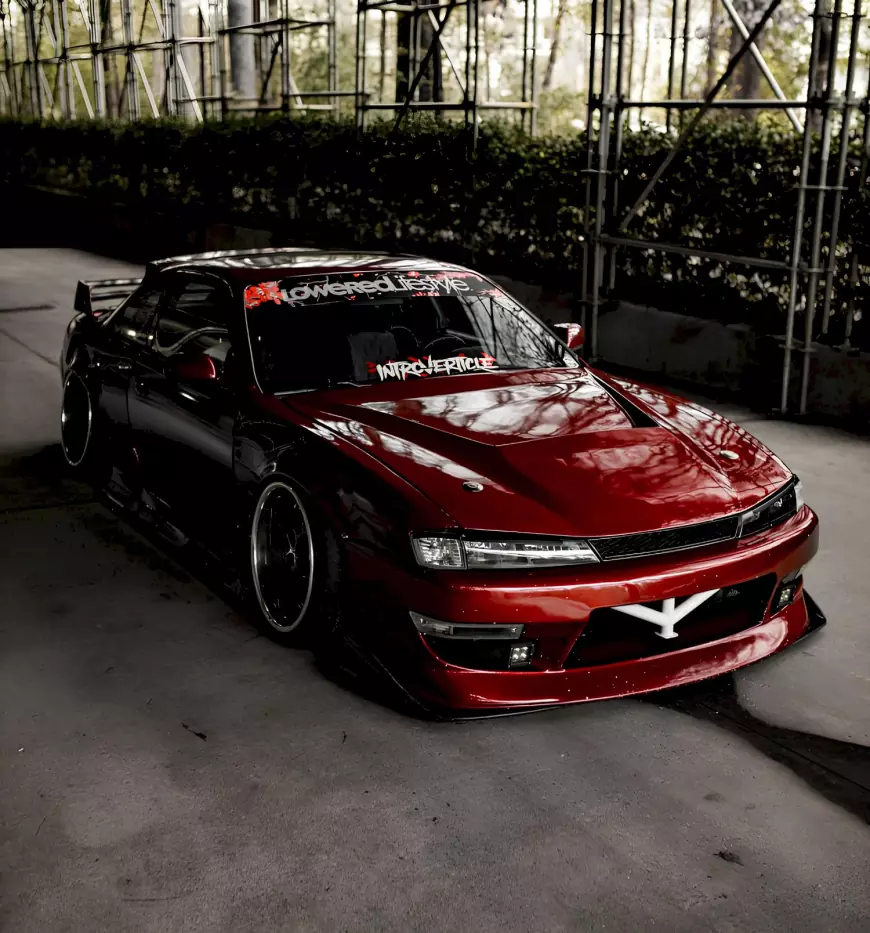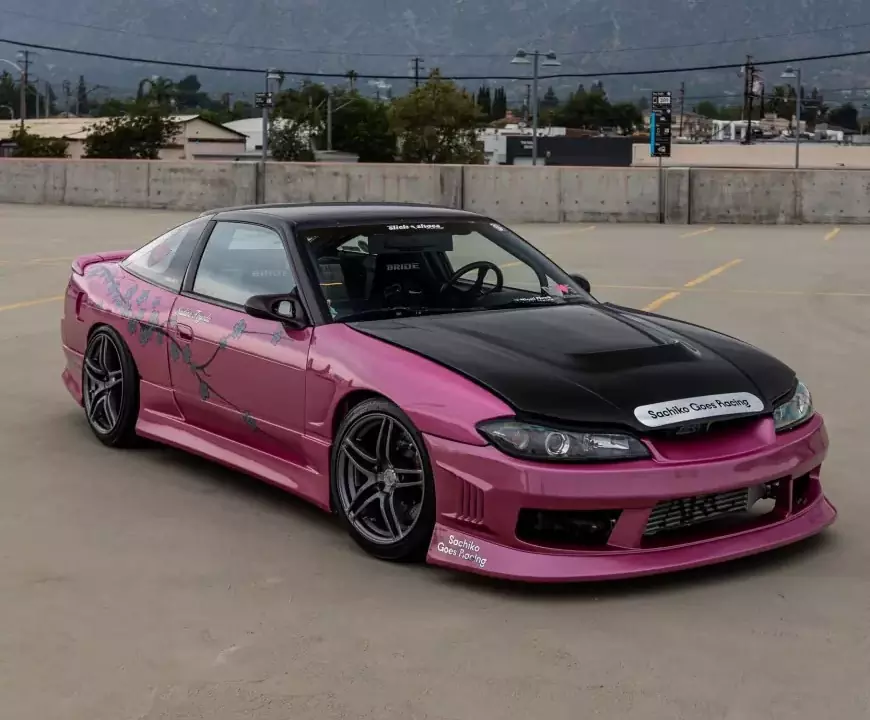What does zenki and kouki mean?
Discover how the 240SX Nissan sports coupe evolves from Zenki to Kouki between boxed fenders, rounder lines, and extra power suited perfectly for tuning enthusiasts.
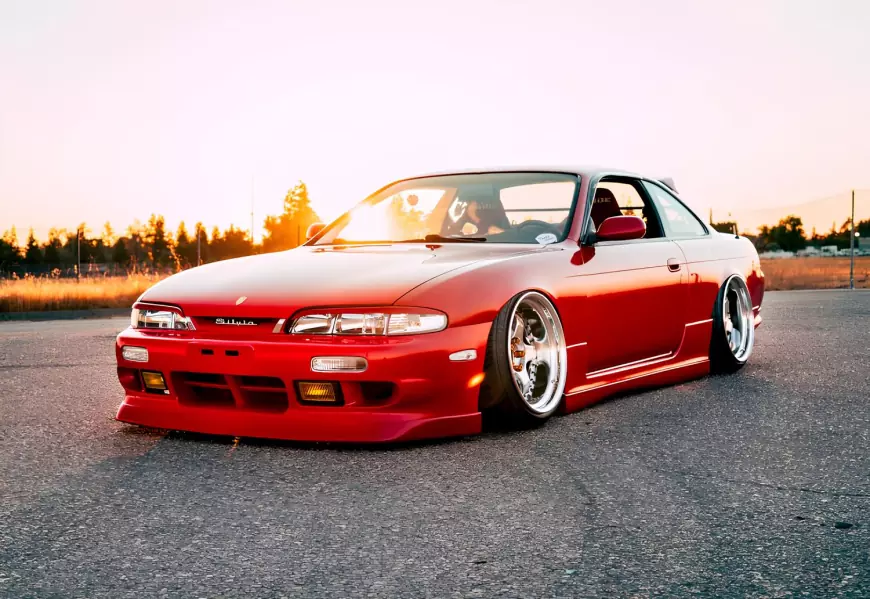
Welcome, Stay updated with the latest news, in-depth features, and expert insights. Join our community of like-minded enthusiasts and elevate your automotive experience. Explore Stance Auto Magazine today!"
>>> Submit Your Stories Here <<<
Order Your Printed Magazine Here!!
Nissan 240SX: Zenki vs Kouki Models
The Nissan 240SX sports coupe attracts drift enthusiasts and import scene fans for its rear-wheel drive handling, extensive customization potential, and aggressive stance. Undergoing a refresh in 1994, the 240SX splits between earlier Zenki models and updated Kouki versions. Examining differences in styling, performance, and culture spotlights what defines the Zenki versus Kouki.
Background on the S14
First produced in 1988 as the S13, Nissan later released an enhanced iteration called the S14 in 1994. Sold in North America under the name 240SX, these agile 2+2 coupes came with inline-4 engines and your choice of a 5-speed manual or 4-speed automatic transmission.
The name 240 references an approximate horsepower of 240, while SX alludes to its “Sport Luxury” aspirations blending driving dynamics with creature comforts. Generating strong aftermarket support, the 240SX grew in tuning fame especially within drifting for its perfect balance.
Zenki Styling & Specs
Covering 1988-1993 model years, Zenki represents the first generation of the S14 body style. Zenki translates from Japanese as “former period” befitting these original models. The smooth yet strong lines wear pop-up headlights over the curved front grille opening a narrower air intake. Taillights come fully red or feature reverse lights across the center panel glowing white when engaged. Side skirts run clean lines free of fins seen on later Koukis. The Zenki rides on 15-inch wheels.
Under the hood, all 240SX Zenkis utilized a naturally-aspirated dual overhead cam KA24E engine generating 155 horsepower with 160 ft-lb of torque. This twin-cam 4-cylinder worked alongside either the 5-speed manual or 4-speed automatic depending on trim and model year.
Initial Zenki Performance Reception
Early S14 reviews dubbed the Zenki model very neutral handling - easy to drive but not as aggressive as hoped from the rear-wheel drive layout. The KA24E engine felt adequate for regular driving rather than tuned for racing. However, the aftermarket community would soon unlock the chassis and engine’s hidden high performance potential.
Kouki Styling Refinements
In 1994, Nissan introduced an updated S14 variation carrying the internal code Kouki - translating to “latter period” from Japanese. The Kouki 240SX adopted edgier, rounded styling queues versus the Zenki’s straight lines for enhanced aggression and airflow.
Headlights now permanently sat exposed rather than hiding under flush-mounted covers. Fenders flared wider, matched by side skirts angling up sharply at each end. Special trim packages like the 1997 Type-X took aero further with a distinct low chin spoiler under the refined front grille.
Taillights on Kouki 240SX models gained clear reverse lamps and turn signals for a European-influence. Widened rear sway bars came standard improving high-speed cornering. Under these visual tweaks though, the essential S14 chassis and suspension carried over unchanged.
Upgraded Kouki Engine Performance
Nissan bumped engine output with the 1995 Kouki debut. A revised KA24DE DOHC replaced the previous KA24E powerplant. This new dual-overhead cam brought variable valve timing and 160 horsepower with 175 ft-lb torque - modest jumps but welcomed.
The Kouki crossed the quarter-mile mark quicker than Zenkis thanks to increased horses and lower gearing tweaks. However underneath, the engine block design itself changed little between DE and E versions. This unfortunately continued offering less inline-4 grunt compared to rival Toyota and Mazda coupes.
Special Edition Variants Emerge
Later in the S14 lifecycle, Nissan spawned eye-catching variants like the aforementioned Type X with its race-ready additions. The equally rare Type X TURBO came equipped by the NISMO performance arm with upgraded Garrett turbo good for an LSD-enhanced 227hp.
Only about 35 total Type X Turbos were built exclusively for the Japanese Domestic Market (JDM). These rare iterations command premium pricing should one ever import to North America. Between special editions and continual improvements, Kouki 240SXs standout yet still share the core S14 DNA.
Aftermarket Potential Unleashed
While Nissan evolved the 240SX across Zenki and Kouki models, limitations remained from the factory. This prompted enthusiasts to unlock the chassis’ full potential through customization. Additional strengths emerged fitting the 240SX so well to tuning culture like drifting.
Weight Distribution
The S14 class adheres to a front-engine, rear-wheel drive (FR) layout but achieves a nearly perfect 50/50 weight distribution. This equilibrium paired with the factory limited-slip differential enabled masterful handling tailor-made for drifting once more power unlocked.
Aftermarket Love
Beyond tail-happy RWD agility, the availability of affordable parts and immense knowledge sharing attracts 240SX devotees. Everything from bolt-on intake/exhausts to turbo kits to engine swaps apply thanks to commonly shared configurations with other Nissans.
The Nissan SR20DET engine in particular gained fame for integrating into the S14 chassis adding substantial horsepower. Alongside Ford Mustangs and Toyota Corollas, few coupes can match the 240SX for aftermarket upgrades transforming daily drivers to track weapons.
Ongoing Legacy
Although last sold in the USA in 1998, the Nissan 240SX persists as a tuning community darling. Clean examples fetch premium prices in the imported JDM car market. Continued Nissan participation in drifting keeps attention focused despite production ending over 20 years ago.
Whether Zenki or Kouki, both generations of the S14 continue demonstrating performance possibilities. As Nissan hints a new Z car successor, the 240SX legend promises to influence a new generation of sports coupe devotees.
Further Questions Answered:
Is it Kouki or Zenki?
Kouki and Zenki refer to the two generations of the Nissan 240SX sports coupe. Zenki denotes the first-generation 240SX models sold between 1989-1993. Kouki refers to the second-generation with refreshed styling sold between 1994-1998.
What is the difference between JDM Kouki and Zenki?
For JDM (Japanese Domestic Market) versions, the Kouki and Zenki 240SX are very similar to North American models in terms of styling updates and mechanical changes. Small differences include more engine variants being available earlier in the JDM S14 lifespan. Special editions like the Type X and Type X Turbo also released specifically in Japan.
What does the S14 stand for on a car?
The S14 is the chassis code used by Nissan for the 1989-1998 240SX coupe models. The S indicates it's part of Nissan's sports car line. The first number, 14, shows when updates were introduced vs past iterations (S13 = 1988). So S14 translates to the first major refresh of the Nissan sports coupe platform.
What is the nickname for the Nissan S14?
Enthusiasts commonly reference the Nissan S14 chassis line simply as "Zenki and Kouki" reflecting the generation being discussed. You'll also hear nicknames like Jojo, Frisco Sally, and Ms. Sally used affectionately for these much-adored cars in forums and clubs. The two-door compact coupes get called "little bullies" for their aggressive drifting abilities belying their small size.
So, what's your car story? Share it with us, and let's keep the engines of passion running!
Other Useful Sites To Check Out That We Have Partnered With To Bring You Even More Content
TUNINGBLOG.EU SWIPE AUTOMOTIVE RACEWARS USA DYLER.COM
Do you need a Quality Photographer? Our photographers are Available HERE
All of our Magazines can be found on Amazon, they Print and Deliver worldwide, Stance Auto can not be held responsible for the final print, and all complaints and returns must be directed to Amazon.
UKTM no: UK00003572459
 Like
0
Like
0
 Dislike
0
Dislike
0
 Love
0
Love
0
 Funny
1
Funny
1
 Angry
1
Angry
1
 Sad
1
Sad
1
 Wow
0
Wow
0
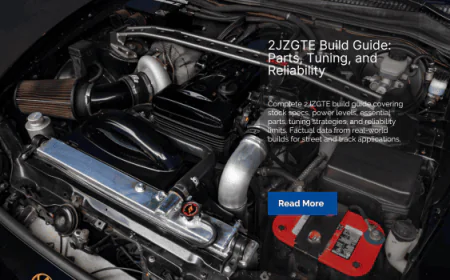

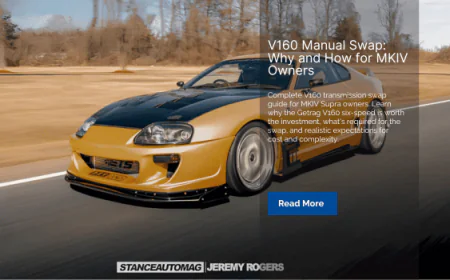
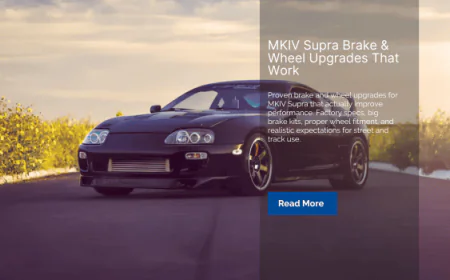





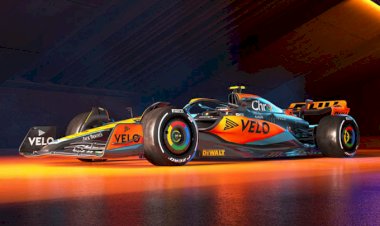


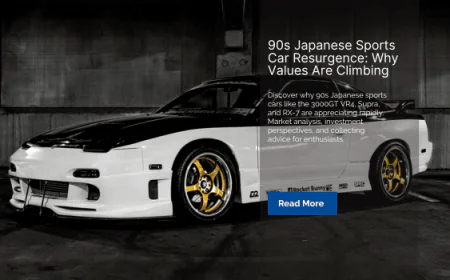


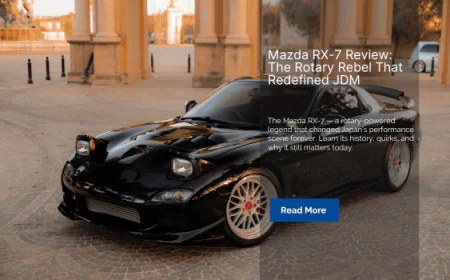
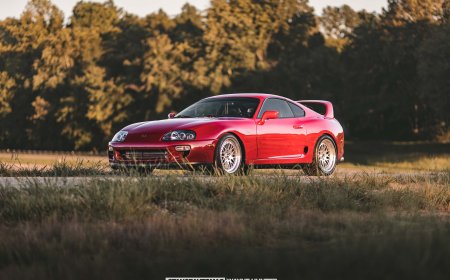


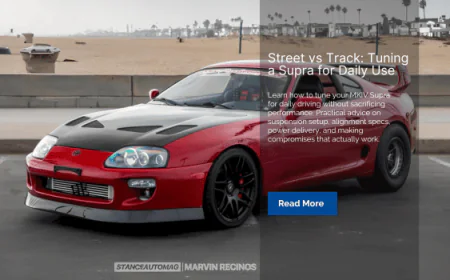














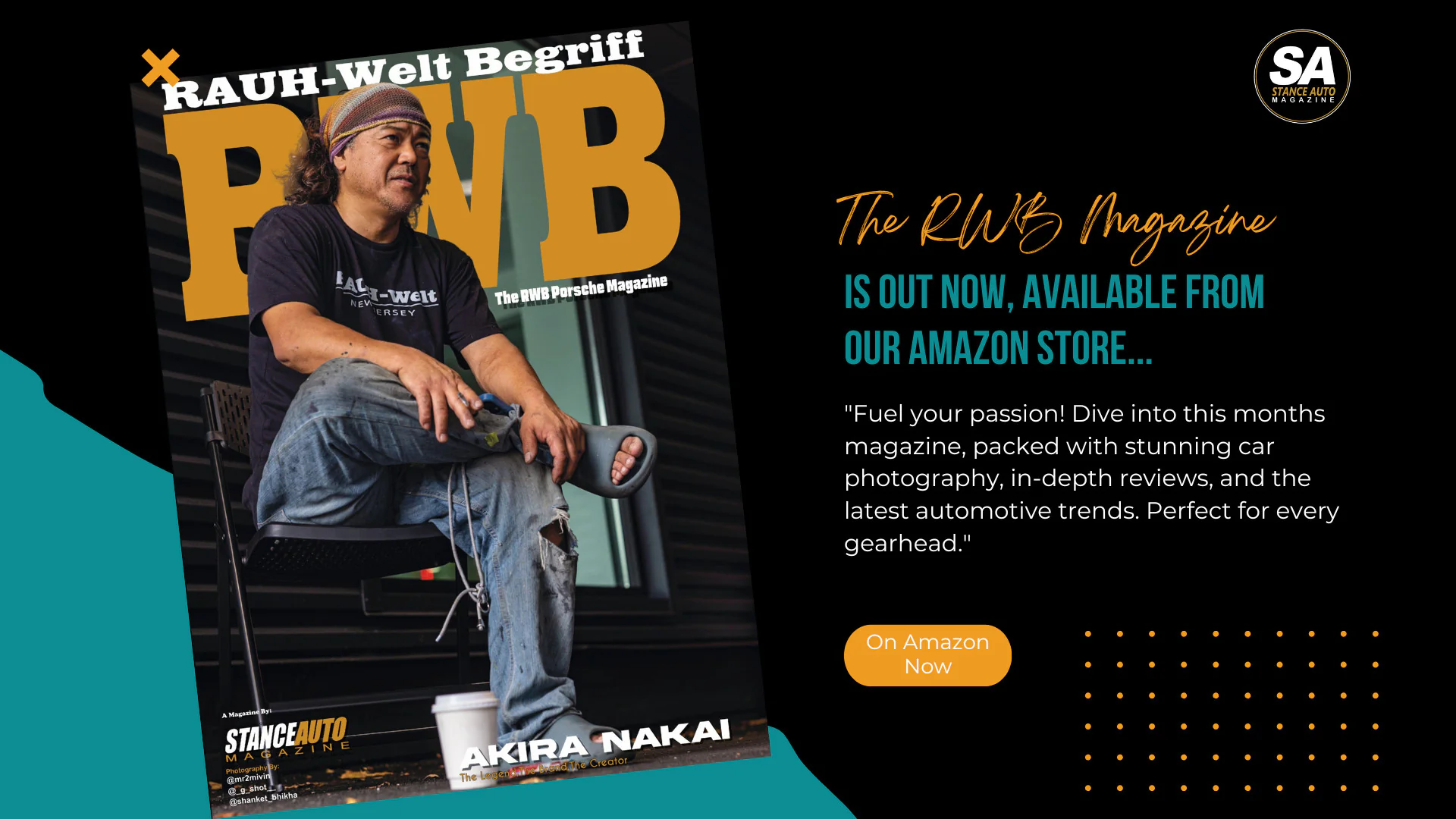





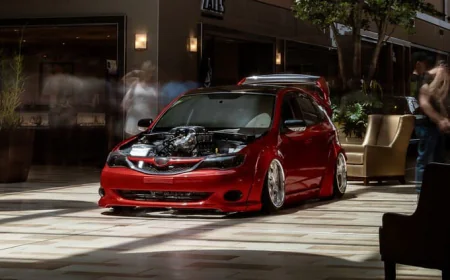
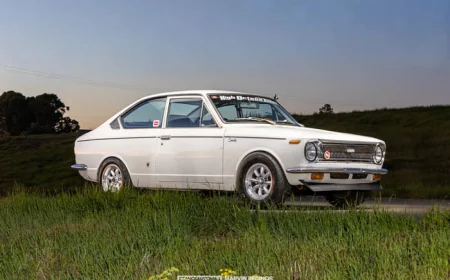
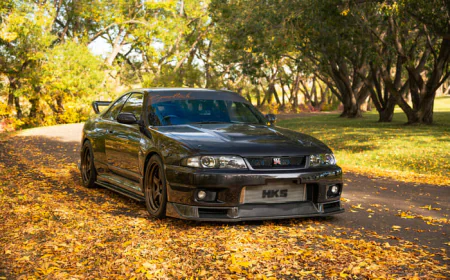
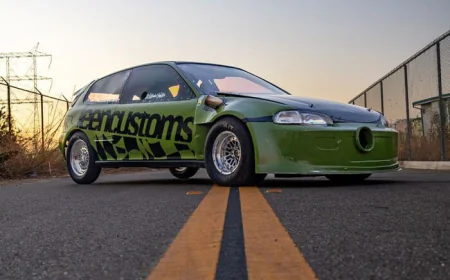
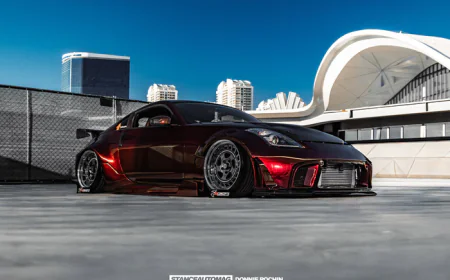
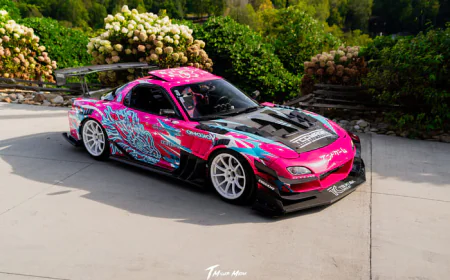
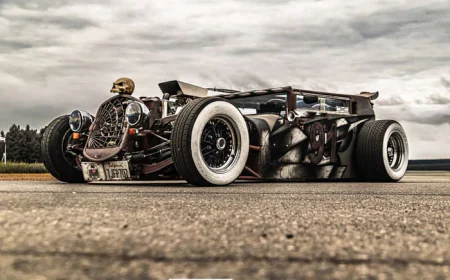
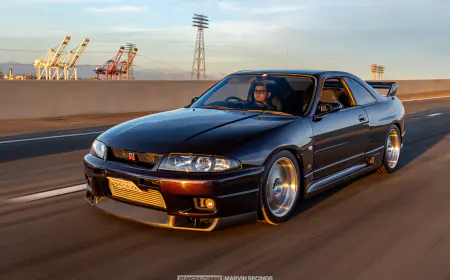
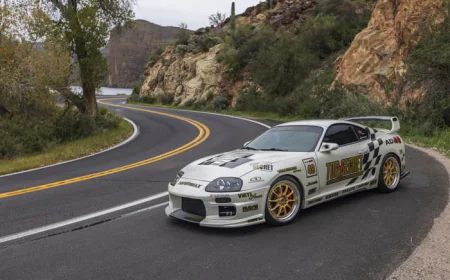
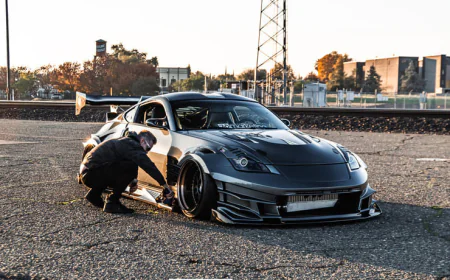
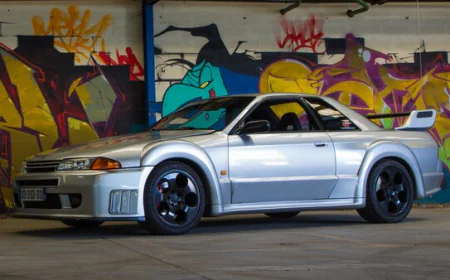
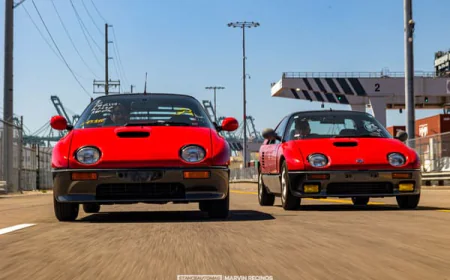
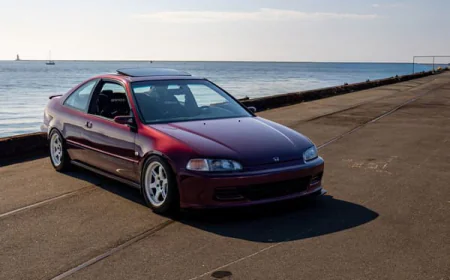

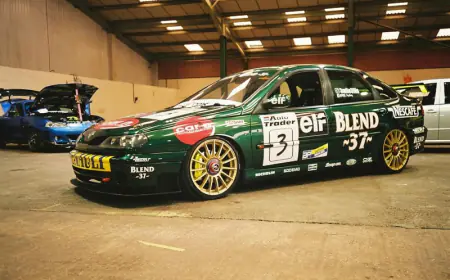



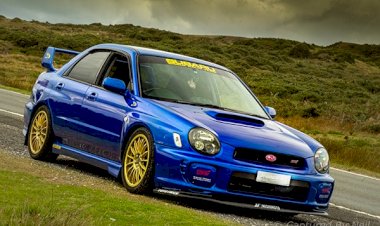

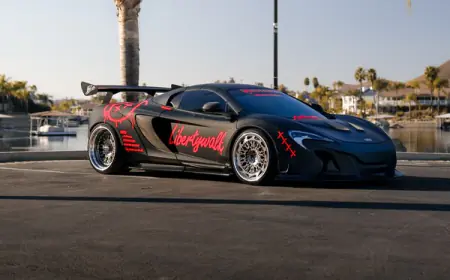


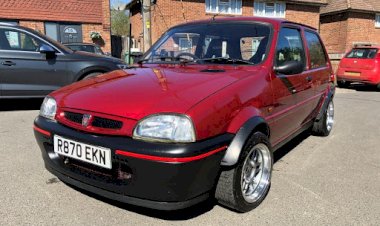
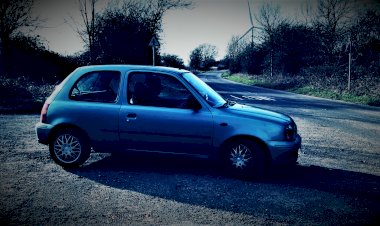

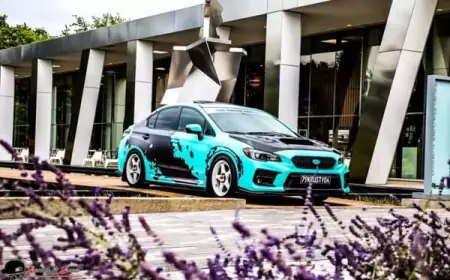


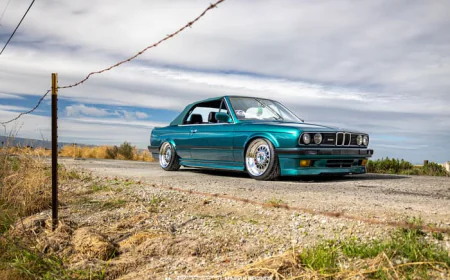
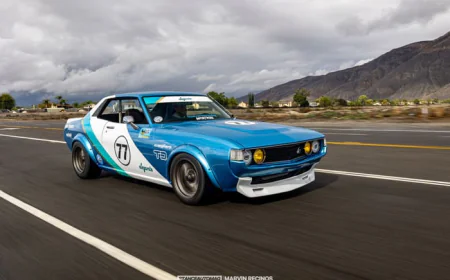
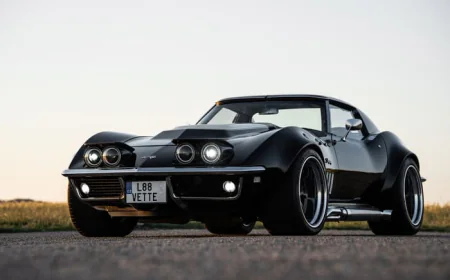
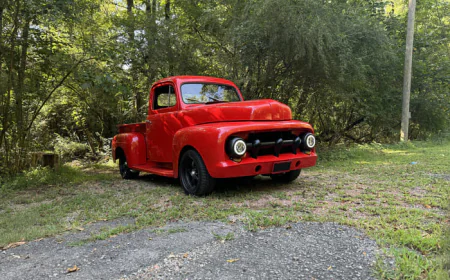
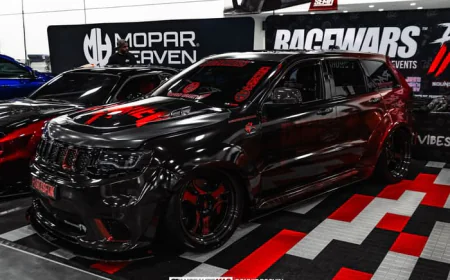
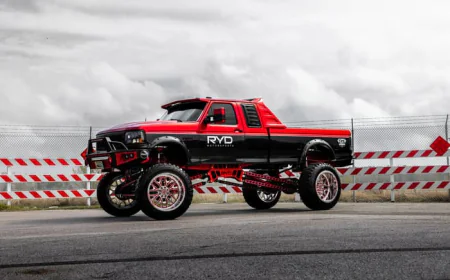
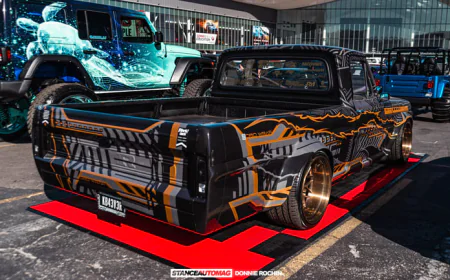
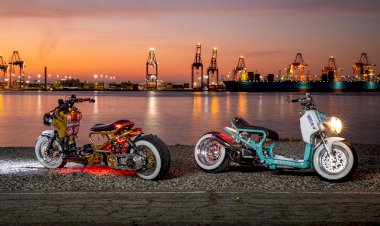

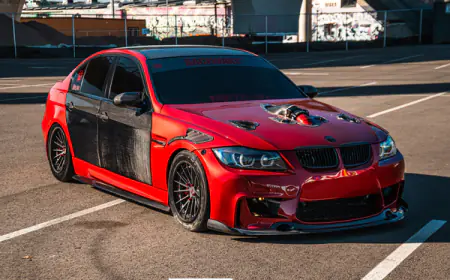
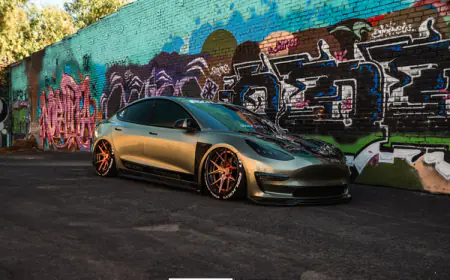
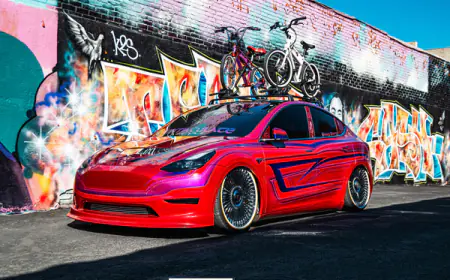



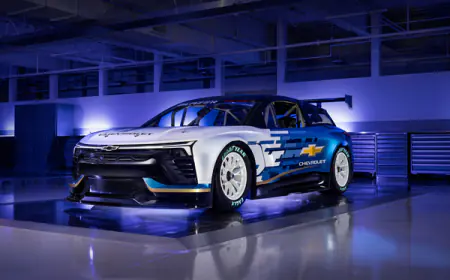



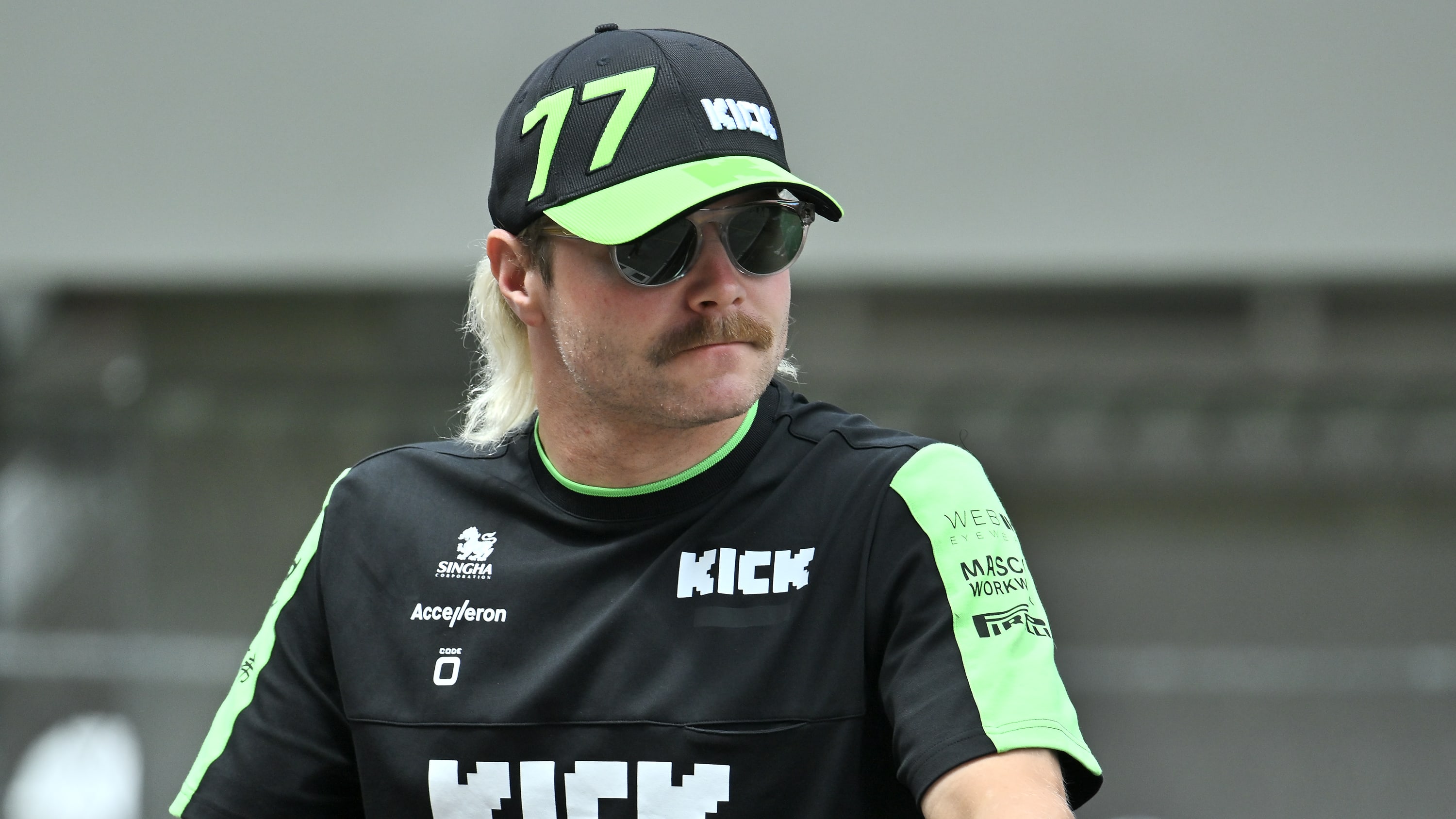
.png)
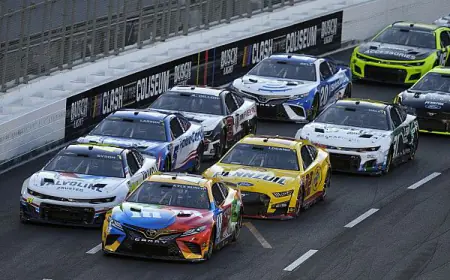




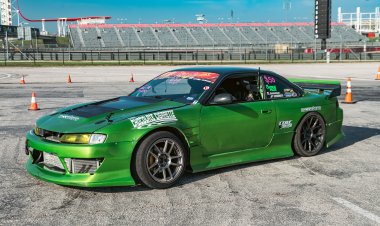
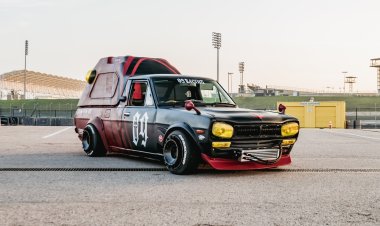
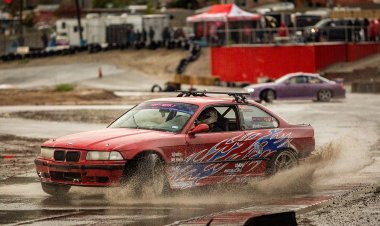

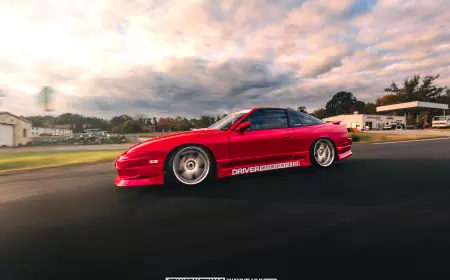


![[HOONIGAN] Ken Block's GYMKHANA NINE](https://img.youtube.com/vi/_bkX5VkZg8U/maxresdefault.jpg)









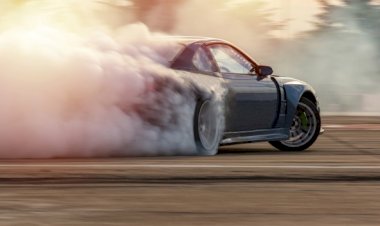
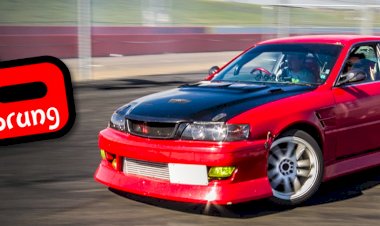
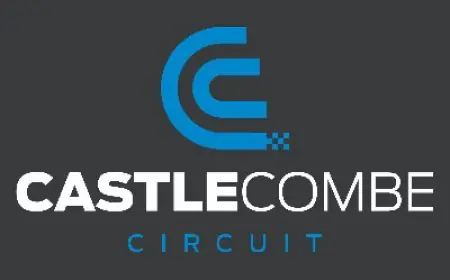

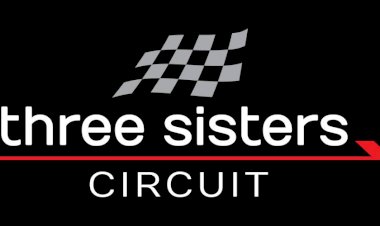









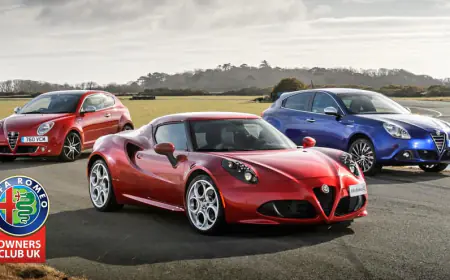





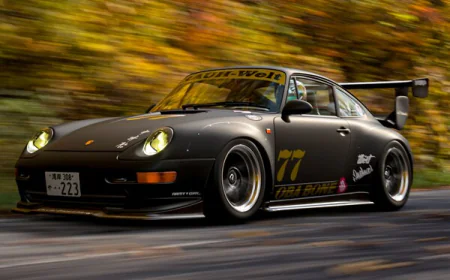




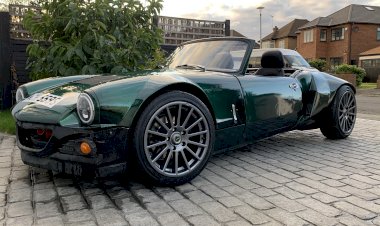
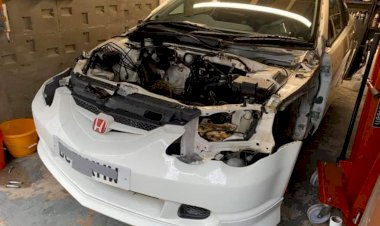
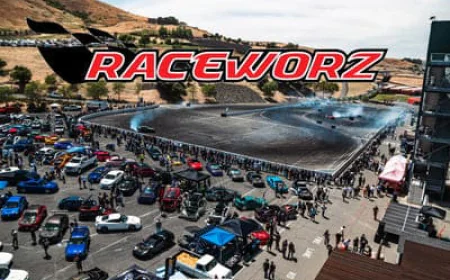
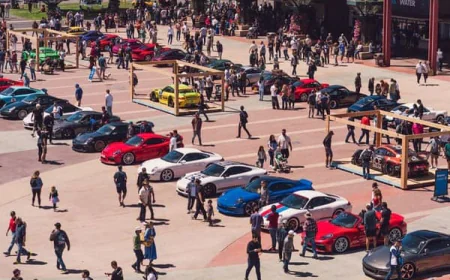


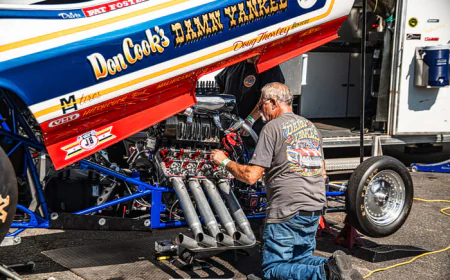
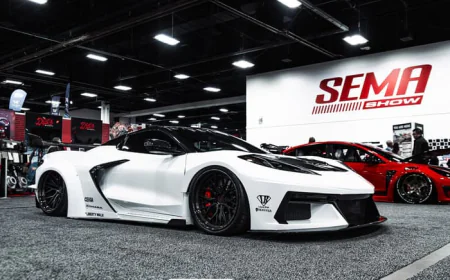


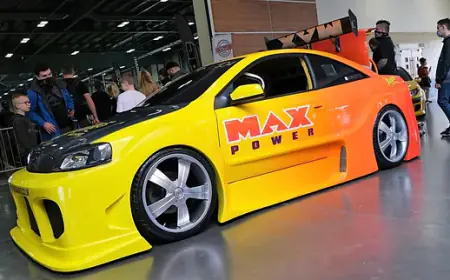

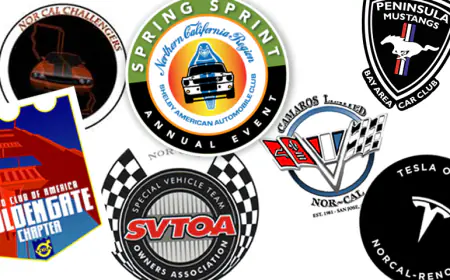
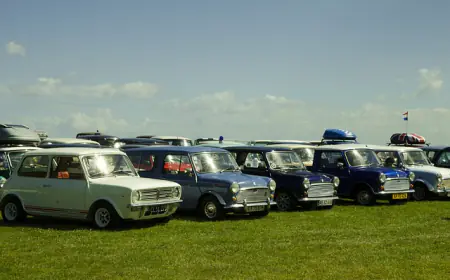






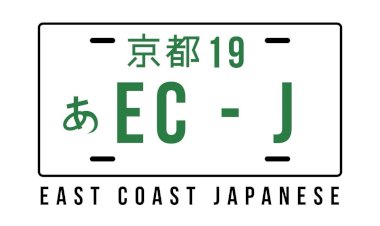
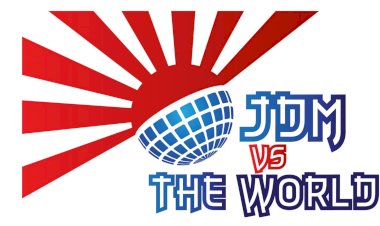

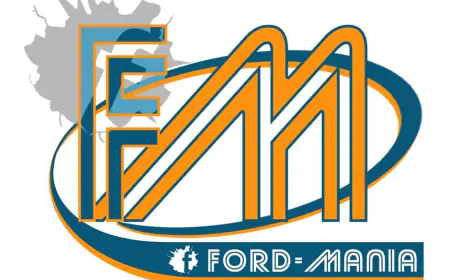




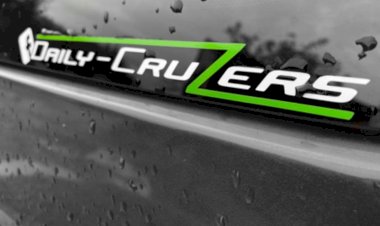


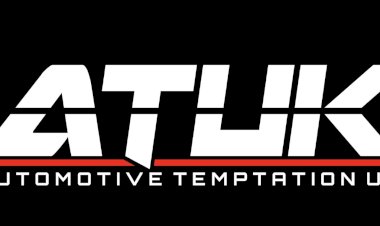
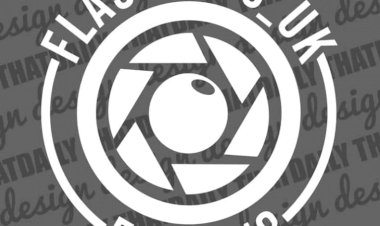





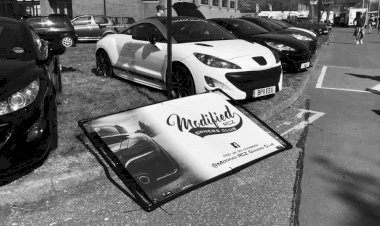






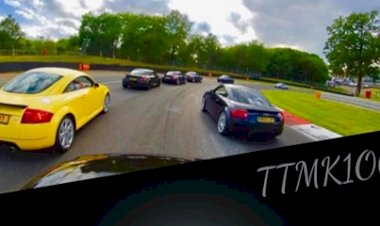


![[HOONIGAN] KEN BLOCK'S GYMKHANA SEVEN: WILD IN THE STREETS OF LOS ANGELES](https://cdn.motor1.com/images/mgl/2KlO4/s1/ken-block-london-tour-directors-cut.jpg)


